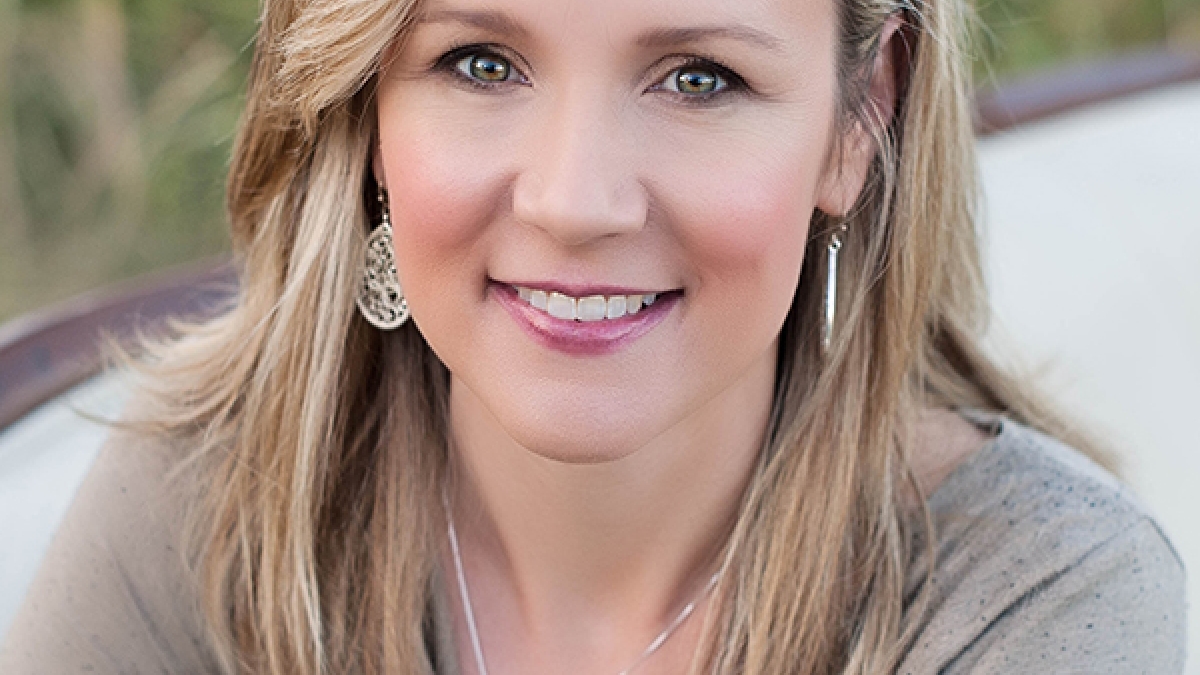New grant examines international influences on appointments to high courts

Gender inequality on high courts around the world poses potential problems for women’s rights, democratic equality and public confidence in the judiciary. Who selects high court judges and what role does religion play, if any, in how justices are appointed?
In recent years, some countries have increased the number of women appointed to high courts. But why have more women been appointed to high courts in some countries and at some points in time than others?
These are some of the questions that a team of researchers affiliated with ASU’s School of Politics and Global Studies and Center for the Study of Religion and Conflict have set out to answer.
Their project, titled “International Influences on Appointments to High Courts,” has been awarded a multi-year grant from the National Science Foundation.
“The United States and organizations that have poured resources into judicial reform and gender equality, such as the Organization for Economic Cooperation and Development, the United Nations and the World Bank, lack global data on women’s membership on high courts,” says Miki Caul Kittilson, the project's principal investigator and an associate professor in the School of Politics and Global Studies in ASU's College of Liberal Arts and Sciences.
“Our project will be creating a new and unique dataset that will be the first to systematically track women’s representation on high courts over time and across countries,” Kittilson says.
Joining Kittilson on the research team are co-investigators Valerie Hoekstra, an associate professor in the School of Politics and Global Studies at ASU, Maria Escobar-Lemmon, associate professor and associate chair of political science at Texas A & M University, and Alice Kang, a political scientist at the University of Nebraska-Lincoln.
The data will allow the researchers to test various explanations about why women have risen in the judiciary in some countries and not in others. Some of the variables they will be studying have to do with the process used to select high court judges, the ideologies of the actors who make up the selection process, the socio-economic and religious characteristics of the country, and the type of governmental structure.
“One of the things we are very interested to find out is whether different notions of gender equality influence the appointment of women to high courts,” adds Valerie Hoekstra. “This type of information is critical for policymakers concerned with the factors that enhance inclusion.”
In addition to building the dataset, the researchers will also carry out fieldwork at locations in Europe, Asia, Africa and Latin America that will allow them to test and validate their findings. A key goal of the project is to make the dataset publically available and to present the project’s findings to key policy audiences in Washington, D.C. and New York.
“The National Science Foundation has provided us a tremendous opportunity to address a huge gap in our understanding of women’s advancement in today’s world,” Kittilson says.
“Although our focus is on the fundamental question about equality of representation, we believe our project will also advance research on questions such as whether women judges decide cases differently, bring new perspectives to deliberations or even strengthen the rule of law.”
The Center for the Study of Religion and Conflict is an interdisciplinary research center in ASU’s College of Liberal Arts and Sciences that examines the role of religion as a driving force in human affairs.
Kittilson was a co-author on the center’s recently released report, “Religion and International Affairs: Through the Prism of Rights and Gender,” funded by a grant from the Henry Luce Foundation.